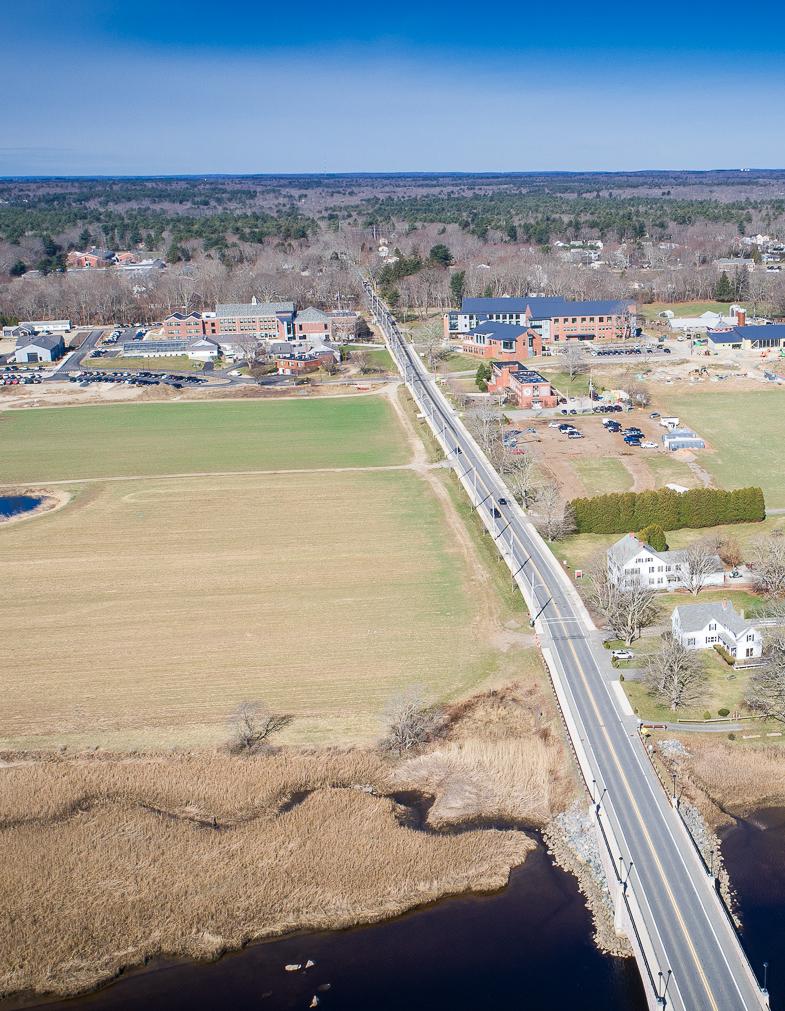
1 minute read
SWOT Analysis
by SRPEDD
An essential, honest assessment of Regional Strengths, Weaknesses, Opportunities, and Threats.
SWOT analysis is a tried-and-true exercise. It presents an opportunity for any agency to take a clear-eyed look in the mirror.
The SRPEDD region’s strengths, weaknesses, opportunities, and threats are presented below with supporting descriptions, data (often briefly cited and appearing in detail in the Appendix, where necessary),and anecdotal evidence from existing plans, articles, and other documents.1
Strengths
• Good, diverse infrastructure
• Lower housing costs and connections to Boston
• Off-shore wind and ocean-based industry clusters
• Strong regional higher-education network
• Strength in healthcare, manufacturing, valueadded agriculture, and fishing
• Cities and large towns with growing and increasingly more diverse and educated populations
• Incredible coastlines, rivers, natural resources, and recreation
• Proximity to world-class institutions in Boston, Worcester, and Providence
Weaknesses
• Higher unemployment
• Workforce development efforts are not keeping pace with competitors and the modern economy
• Modern infrastructure investments are still required for more growth
• Our businesses and residents remain subject to fluctuations in utility rates
Opportunities
• Marine Science and Technology clusters and the off-shore wind industry
• Strategic workforce development tailored to the “biotech” manufacturing, MST-based, and healthcare industries
• Comparatively lower housing costs and improved transit connections to Boston can lead to vibrant TOD/mixed-use development and attract younger, more educated residents
• Emerging arts and culture economies in New Bedford, Fall River, and other communities
• Brownfield remediation and redevelopment
• Numerous remaining development sites where we can leverage state and federal infrastructure funding to encourage growth

Threats
• Climate change, sea level rise, and increased storm events
• Unforeseen economic and social disruptions, such as the recent COVID-19 pandemic
1. Please note that, in most cases, this CEDS includes data for commonly accessible geographies, such as counties, New England City and Town Areas (NECTAs), or Metropolitan Statistical Areas (MSAs). For example, when reporting income, housing, or employment data, we use Bristol and Plymouth Counties or relevant Metropolitan Statistical Areas (MSAs, such as Providence-Warwick RI MSA and Boston-Cambridge-Nashua MA-NH MSA) for comparisons.
• An aging population with increasing need for social services
• Perceptions of persistently high unemployment and low educational attainment
• Moderate traffic congestion in portions of the region



